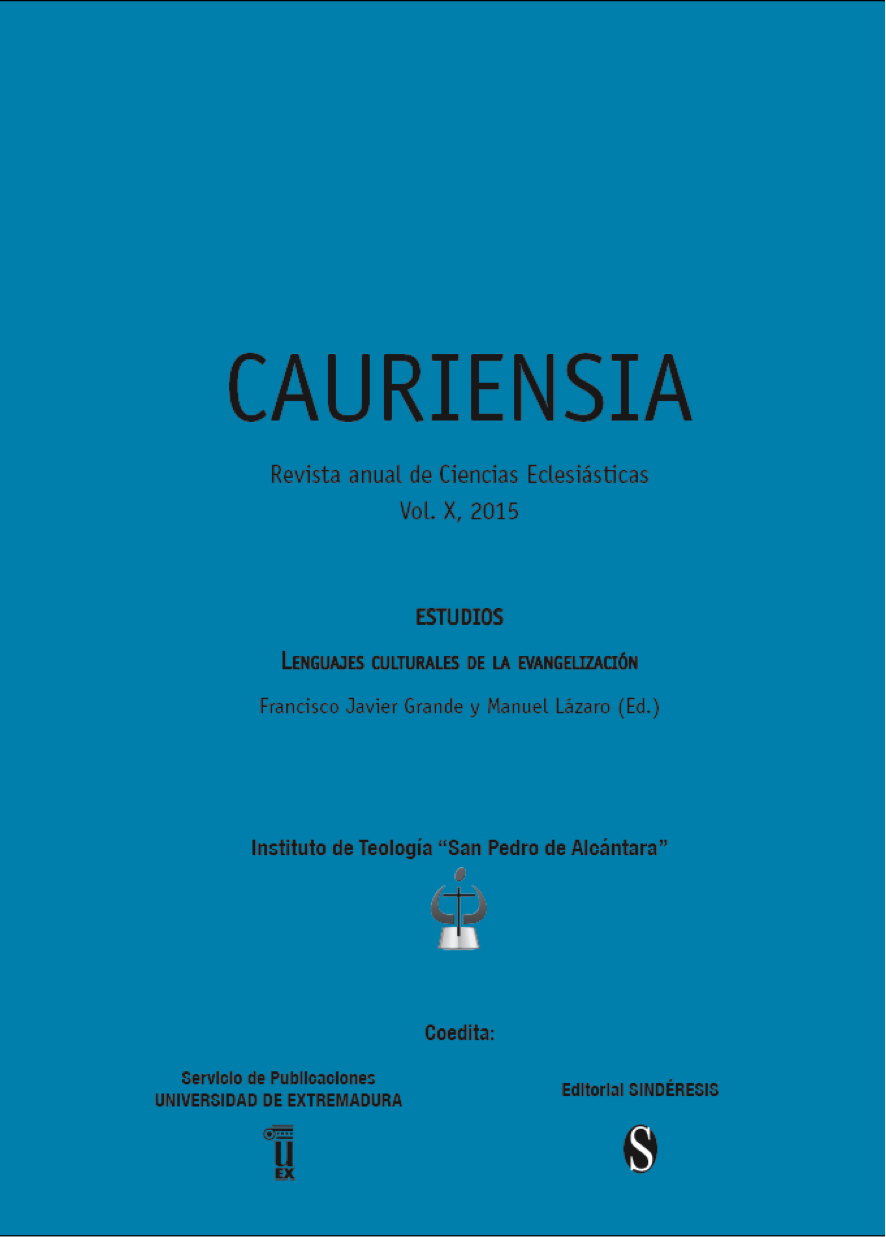Lenguajes de la evangelización en la cultura popular. Los lenguajes del franciscanismo / Languages of evangelization on pupular culture. Lenguages of franciscanism
Contenido principal del artículo
Resumen
Los franciscanos desarrollaron una religiosidad más humanista, volcada en el individuo; pensada para y por el fiel. No utilizaron el latín, lengua en la que se expresaba la Iglesia de la época, sino la lengua vernácula de cada pueblo. Junto a ello desarrollaron prácticas religiosas en las que la imagen visual y sentimental era importante, seguros de que este lenguaje llegaba fácilmente al corazón del hombre sencillo.
Franciscans developed a more humanist religiousness pinned on the individual person; designed to the faithfull. They didn’t use Latin, that was the language spoken by the Church in those days, but the vernacular language in each village. Furthermore, the developed religious practices in which the visual and sentimental image was very important, sure that this language touched the simple humanbody deeply in an easy way.
Palabras clave: franciscanismo, piedad, religiosidad, lenguaje visual, sacromontes, calvarios, vía crucis, cofradías religiosas.
Keywords: Franciscanism, mercy/devotion, religiousness/religiosity, visual language, holy mounts, stations of the Cross, ways of the Cross, religious brotherhoods.
Descargas
Detalles del artículo

Esta obra está bajo una licencia internacional Creative Commons Atribución 4.0.
Está permitida la reutilización del contenido bajo una licencia:
![]()
Reconocimiento
CC BY
Esta licencia permite a otros distribuir, mezclar, ajustar y construir a partir de su obra, incluso con fines comerciales, siempre que le sea reconocida la autoría de la creación original. Esta es la licencia más servicial de las ofrecidas. Recomendada para una máxima difusión y utilización de los materiales sujetos a la licencia.





